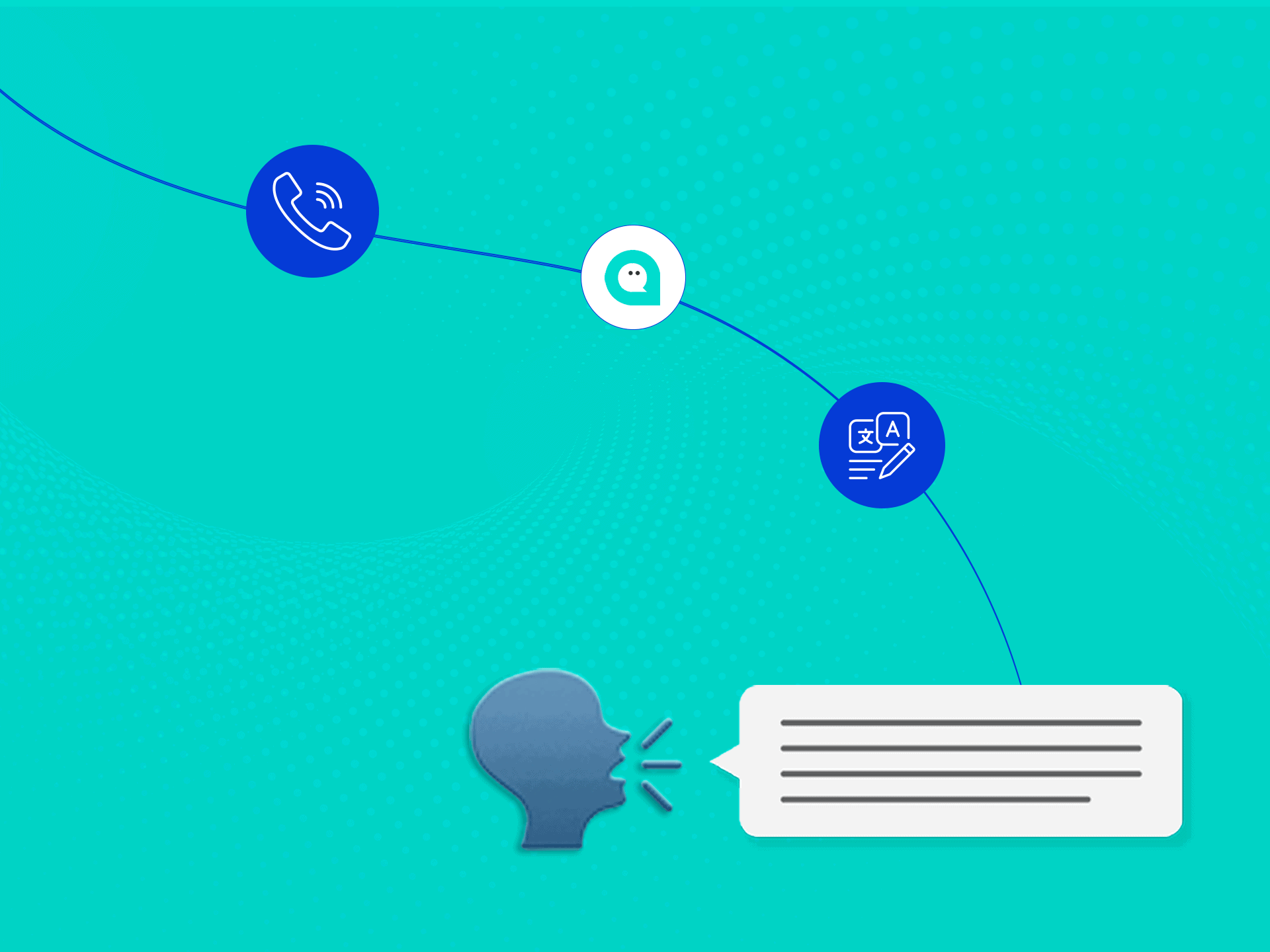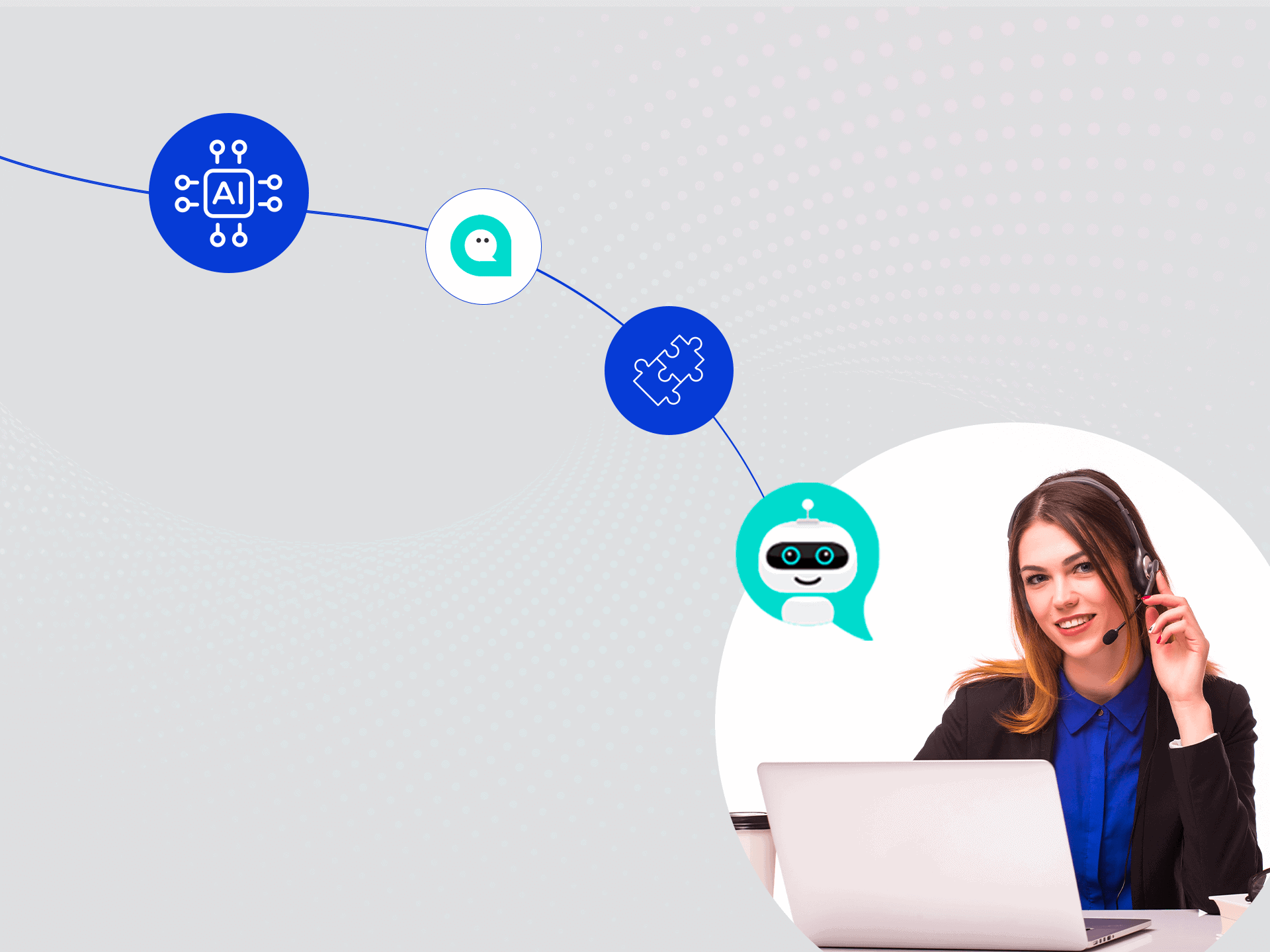In digitalization and Internet of Things (IoT) era, businesses and end-users are faced with a growing need to process and manage enormous amounts of data. In this context, cloud & edge computing have emerged as two key technological solutions to address these challenges.
What is Cloud Computing?
Cloud computing is a data processing model based on the internet that allows users and businesses to access computing resources (such as computing power, storage, and applications) through a cloud service provider.
What is Edge Computing?
Edge computing, on the other hand, is a data processing model that focuses on executing computations near the data source, at the "edge" of the network.
Differences between Cloud & Edge Computing
What are the differences between these two data processing systems, and what is the best use of both?
Data Processing: Centralized vs Distributed
One of the main differences between cloud and edge computing is how data is processed.
- In cloud computing, processing is centralized in remote data centers: in practice, cloud computing moves data processing and IT resource management from local devices to remote data centers, enabling greater scalability, flexibility, and cost reduction.
- In edge computing it is distributed among local devices and gateways. This difference has a significant impact on aspects such as latency, bandwidth, and security.
Scalability and Costs
- Cloud Computing offers nearly unlimited scalability, allowing IT resources to be expanded or scaled down according to needs. Thanks to the pay-as-you-go model, businesses only pay for the resources they actually use, reducing operating and maintenance costs. Additionally, the cloud service provider takes care of updating and maintaining the infrastructure, freeing businesses from this task.
- Edge Computing may be less scalable than Cloud Computing because processing and storage resources are limited to devices and local gateways. Edge infrastructure management and maintenance can be more complex and expensive than Cloud Computing because they require direct intervention on devices and gateways.
Latency and Bandwidth
- In cloud computing, data must be transmitted to and from remote data centers, which can cause higher latency and bandwidth consumption. This can be problematic for real-time applications or those requiring rapid data processing, such as virtual and augmented reality, industrial automation, and autonomous vehicles.
- Edge computing, on the other hand, processes data directly at or near the source, significantly reducing latency and bandwidth consumption. This makes it ideal for real-time applications and environments with limited or costly connectivity.
Latency is the time delay that occurs between the transmission of a signal or request and the reception of a response. In computer science, latency refers to the time it takes for a system to process a request and return a response. Latency can be influenced by various factors such as connection speed, system processing power, and distance between devices. High latency can cause delays in the execution of operations and affect the quality of the user experience.
Data Security and Privacy
- Cloud computing may present some potential vulnerabilities in terms of data security and privacy. Since data is transmitted and stored in remote data centers, it may be exposed to interception, security breaches, or unauthorized access. Additionally, privacy and data protection laws may vary depending on the data center location and cloud service provider.
- Edge computing offers greater control and data protection, as processing and storage occur directly on devices or local gateways. This reduces the risk of interception and security breaches and makes it easier to comply with privacy and data protection regulations.
Advantages and Disadvantages of Cloud Computing briefly
So in what areas is Cloud Computing most effective and useful?
Scalability: Cloud computing offers almost unlimited scalability, allowing IT resources to be expanded or scaled down according to needs.
Cost reduction: Thanks to the pay-as-you-go model, businesses only pay for the resources they actually use, reducing operating and maintenance costs.
Automatic updates and maintenance: The cloud service provider takes care of updating and maintaining the infrastructure, freeing businesses from this task.
And what are its drawbacks?
Latency: Cloud computing may have higher latency than edge computing, making it less suitable for real-time applications.
Security and privacy: Cloud computing may expose data to potential security risks and privacy compliance issues.
Advantages and Disadvantages of Edge Computing briefly
Similarly, in what areas is Edge Computing proven to be valid and suitable?
Reduced latency: Edge computing significantly reduces latency, making it ideal for real-time applications and environments with limited connectivity.
Security and privacy: Edge computing offers greater control and data protection, reducing the risks of security breaches and facilitating compliance with privacy regulations.
Bandwidth savings: Edge computing reduces bandwidth consumption because data is processed locally instead of being transmitted to remote data centers.
In what areas is edge computing not particularly suitable?
Limited scalability: Edge computing may be less scalable than cloud computing because processing and storage resources are limited to devices and local gateways.
Management and maintenance: Edge infrastructure management and maintenance can be more complex and expensive than cloud computing because they require direct intervention on devices and gateways.
Which one to choose for your business?
The choice between cloud & edge computing depends on the specific data processing needs and characteristics of the application or project in question. If the priority is reducing latency, data security, and bandwidth savings, edge computing may be the ideal solution. However, if scalability, flexibility, and cost reduction are more important factors, cloud computing may be the better choice.
In some cases, a combination of cloud and edge computing may offer the right balance of performance, security, and scalability. Opting for a hybrid approach allows businesses to leverage the advantages of both solutions while ensuring optimal management of data and IT resources.
XCALLY Motion
XCALLY, the omnichannel suite for contact centers that integrates Asterisk™ 18.x with Motion technologies, is based on a scalable multi-process asynchronous architecture to provide the best user experience. Additionally, it can be easily installed on a cloud instance or on-premises, depending on the needs, offering the highest level of flexibility.



